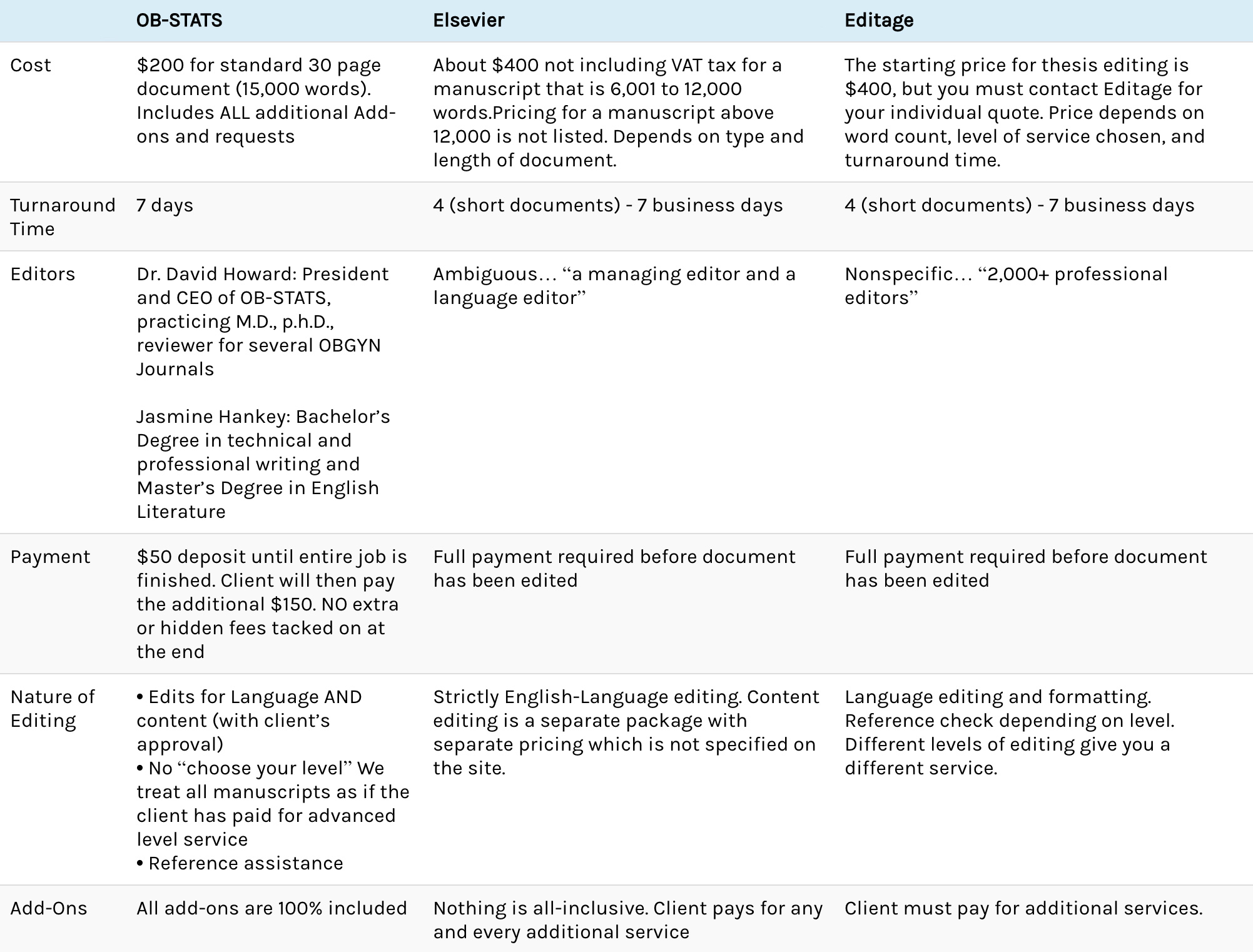Developing a Research Project Idea
Conducting a research project from start to finish can be a daunting and overwhelming task. “Where do I start?” is the first question you ask yourself. Developing a research project idea is a first necessary step, but one in which many researchers struggle with. We all know that choosing the wrong research project idea early on can lead to a lot of frustration and, ultimately, unsuccessful results. Researchers who tend to have the most success with their projects are ones who actively seek out and eliminate ideas as opposed to waiting for a spontaneous idea to come to them. This blog breaks down all of the steps involved in developing a research project idea as well as how to assess the feasibility of those ideas.
![]()
Brainstorming
It’s no surprise that good results start with good ideas. Instead of sitting around and hoping for inspiration, create an environment for yourself that is conducive to productivity. Find a chunk of time during your week that allows for uninterrupted thinking. Make sure this time slot isn’t surrounded by other stressful events. You’ll want your mind to be focused only on the task at hand. If your mind is wandering, chances are you won’t accomplish what you set out to do.
- Create Your Environment– Choose a quiet spot without distractions and turn off any devices that could potentially interrupt you. While this may seem obvious, we can’t stress it enough. Remember you’re an adult and you’ve done this before! You know what kind of environment works best for you. Take it one step at a time, but make sure when you set aside time to work, you’re actually using that time to consider your idea. When you feel that you’ve put thought into your idea, you’ll feel much better about what you’ve chosen.
- List Your Ideas– Remember years ago when your teacher asked you to do a free write? This is similar to that. We can’t emphasize enough the importance of making lists and getting all your ideas out on paper. This is what the brainstorming process is for. Think about topics that you’ve been curious about or had questions about. Have you discussed something recently with a peer or colleague? What about all those journal articles you’ve read? Does anything jump out at you? Has your hospital introduced a new policy, procedure or protocol?
Where Can I Find Ideas?
Most of the time, researchers don’t get ideas from just brainstorming on their own. There are a couple places that researchers can look to speed up the idea development process. You certainly don’t want to be left scrambling at the last minute.
- Change In Protocol– Examining a change in protocol has a lot of potential to lead to a relevant research question, which can create the perfect opportunity for a research project. A change in policy allows a researcher to investigate whether or not that change in policy has lead to higher rates of diagnosis, lower rates of incidence, etc. Policy change makes the process of choosing an area of study much more simple.
- Piggybacking– Piggybacking off an existing study is another great way for researchers to come up with an idea. In general, many great things are developed as an extension of something already existing. There are a few different ways in which a researcher can piggyback off another study.
-
-
- Increase and elaborate– A researcher could increase and elaborate on data that already exists for a given project. There are so many great research projects that have been started but never finished. This is a great opportunity for a researcher to not only come up with a project idea but to contribute to and discover something meaningful.
- Replicate– A researcher can simply replicate a study in a completely new population. Doing this, a researcher will undoubtedly come up with new and different results. Taking a study and applying it to a new population that hasn’t been tested may lead to unprecedented discoveries.
- Answer a new question– Lastly, a researcher can piggyback by using existing data and applying it to a new question. Data is not necessarily only applicable to one question, so look for ways in which existing data can be utilized for a sub-study of another researcher’s study.
-

Some researchers are sometimes concerned that piggybacking is “cheating” or being dishonest, but this isn’t at all the case. Just because the idea wasn’t originally “invented” by you doesn’t mean that you don’t add significant value to the study. Some of the most significant discoveries ever made came from piggybacking and collaboration. As long as you are being honest about what is and isn’t your own, piggybacking is perfectly acceptable and widely practiced.
Feasibility
Once you have compiled a good list of topics, the next step in generating a research project idea is to determine which topics are feasible. The first step in assessing feasibility is to determine whether you study is retrospective or prospective.
- Retrospective– A retrospective study often looks backwards and examines data that relates to patients’ medical histories, lifestyle choices, and other previous studies. This type of study requires significant review of patient charts and records. Also, consider whether the study will use a publicly available data set. If so, the review process won’t be as extensive as it would be with a data set that is not publicly available. Either way, remember that publicly available datasets consist of a lot of data, so be prepared.
- Prospective– A prospective study, on the other hand, focuses much more on the outcomes and typically involves trials and experiments. If your study is prospective, you’ll have to consider how much your experiments and trials will cost as well as whether compensation will be provided to you. Also, remember that prospective studies require subjects. How many will you need?
Publicly Available Data Sets
Be sure to take advantage of publicly available data sets to help you generate ideas. The Healthcare Cost and Utilization Project (HCUP), New York State SPARCS Data, National Health and Nutrition Examination Survey (NHANES), and the Centers for Medicare and Medicaid Services (CMS) all provide comprehensive data that can be helpful to you when beginning to conduct your research project.
How To Do A Research Project CME Course
If you’re interested in learning more about how to do a research project, visit OB-STATS.com. Dr. David Howard has created a continuing medical education course that focuses on conducting a research project. The course can earn you 2 hours of AMA PRA Category 1 Credit.
